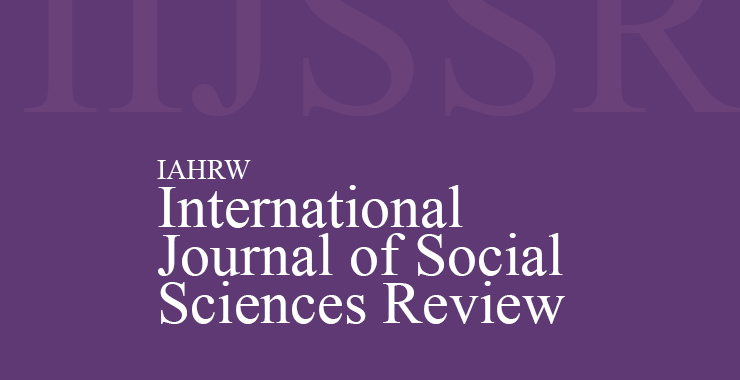Relationship of Impulsivity with Attachment Styles in Young Adults
Original price was: ₹ 201.00.₹ 200.00Current price is: ₹ 200.00.
Page: 1362-1366
Anubhuti Sharma (Department of Psychology, Mehr Chand Mahajan DAV College for Women, Sector 36-A, Chandigarh)
Description
Page: 1362-1366
Anubhuti Sharma (Department of Psychology, Mehr Chand Mahajan DAV College for Women, Sector 36-A, Chandigarh)
The primary objective was to study the relationship between Impulsivity and attachment style in young adults. Another aim of the study was to investigate Gender Differences concerning Impulsivity and Attachment Styles. The sample comprised 100 young adults. It included 50 Females and 50 Males within the age range of 19-26 years. Purposive sampling was employed and participants were selected from the North India region. The t-ratio was calculated to find out the significant gender differences. Pearson Product-Moment Correlational Analysis was done to study the relationship between Attachment style and Impulsivity. The comparison revealed the following: Males scored higher than Females on Impulsivity based on values obtained using a t-test. The male had a mean and standard deviation of 45.94 and 7.45, respectively, whereas the female had a mean and standard deviation of 42.26 and 6.95, respectively. The t-value was found to be significant (t=2.55, p<0.01) at the 0.01 level of significance. Results were obtained by using Pearson’s Product-Moment correlation between attachment style and impulsivity among males and females. When attachment style correlated to impulsivity, a positive and non-significant correlation (r = 0.042, p>0.05) was found at 0.05 level of significance. Based on the findings, it was concluded that there is an association between Impulsivity and Attachment styles. The relationship between impulsivity and attachment styles among young adults underscores the intricate interplay between emotional regulation, past experiences, and current behaviour patterns. Impulsivity can both stem from and exacerbate insecure attachment styles, leading to challenges in forming and maintaining healthy relationships. Recognizing and addressing these dynamics is essential for promoting relationship satisfaction and emotional well-being among young adults. Further research into effective intervention strategies and the long-term impact of these dynamics can provide valuable insights for supporting individuals in navigating their interpersonal connections and fostering secure attachment bonds.

